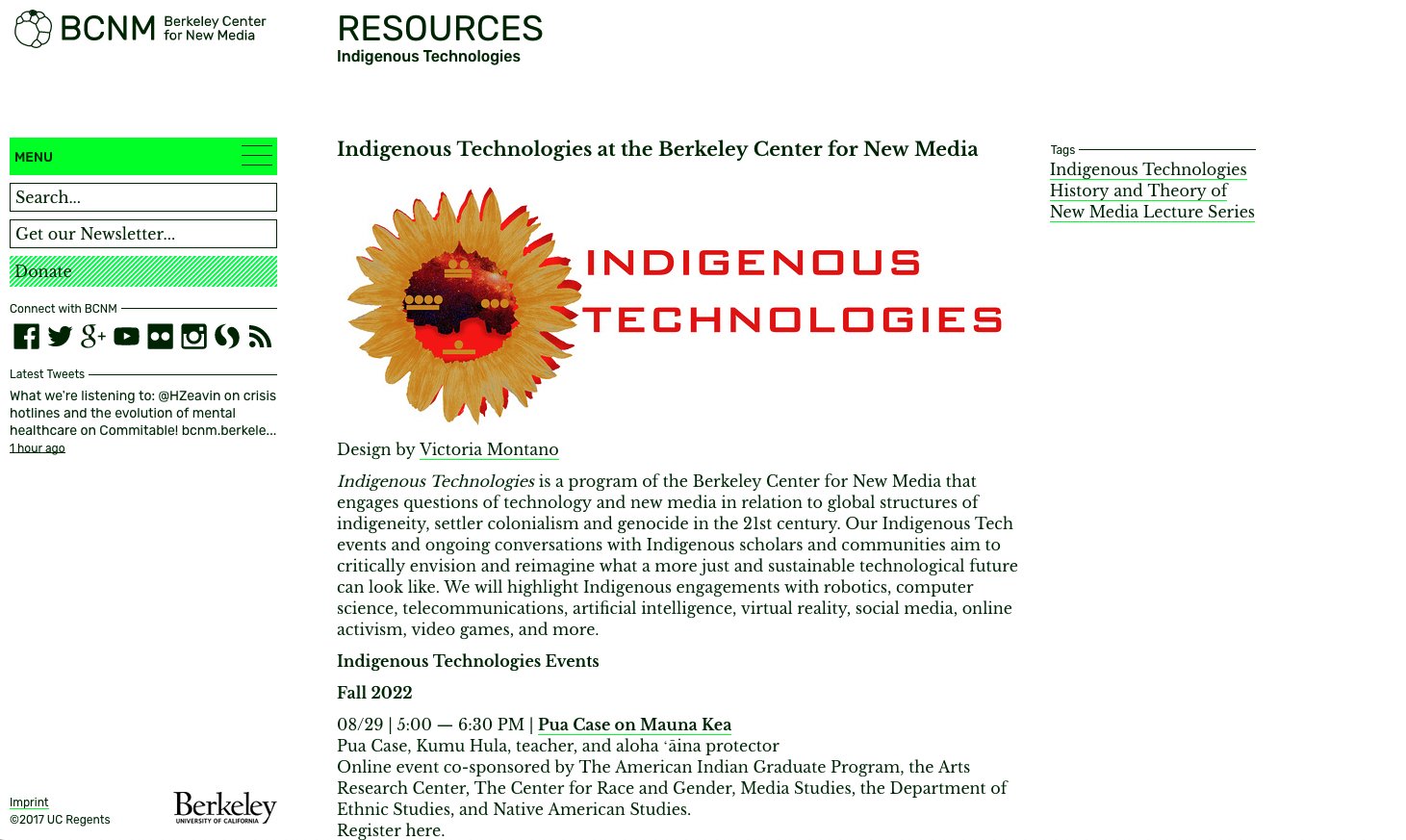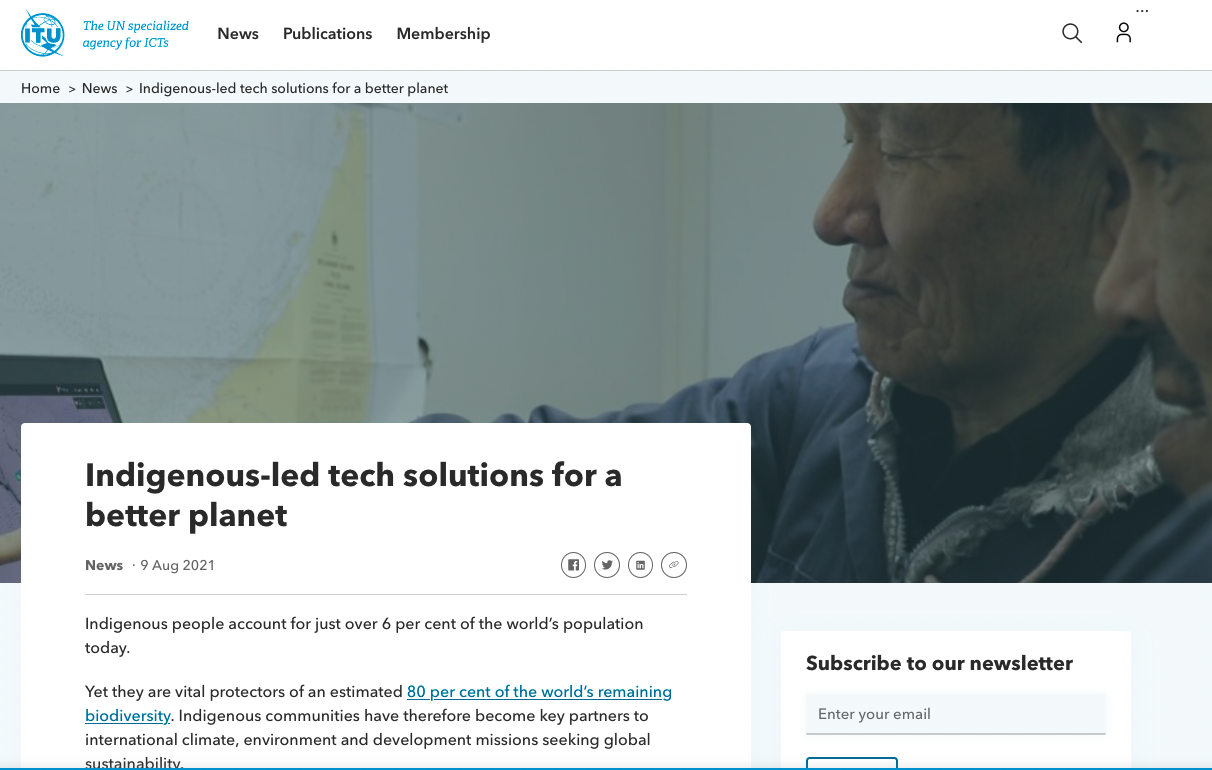In this post, I further explore working with Indigenous elders through video. Connecting with elders, and learning through their teaching is an important part of knowledge sharing (and a focus of my final project). Here are some examples of elder’s sharing knowledge:
- University of Victoria Podcast about truth, memory, power, and human rights
- Word choice when interviewing Indigenous Elders
- Learning project from North Dakota North American Essential Understanding Project
- Indigenous Elders curriculum guide (Alberta)
- Connection between Elders and the health system
- Powerful story from an Elder in Vancouver discussing his experiences with residential school
The Library at the University of Victoria offers a podcast called “Taapwaywin” that brings ideas and concepts to audiences around the world through sharing recorded visits with Elders, Knowledge Keepers, scholars, and practitioners.

Dr. Jacque Gray from the Native Indigenous Elder Justice Initiative reviews the importance of word choices when interviewing Indigenous seniors.
Teachings of our elders: North Dakota Native American Essential Understanding Project provides some interesting resources.

Walking Together: First Nations, Metis, Inuit Perspectives in Curriculum
Curriculum guide and resources for discussing the role of Elders in their communities.

In this storytelling-based presentation, Alex Allard-Gray discusses the importance and roles that elders have in First Nations communities and how these experiences are not reflected in their interactions with the healthcare system.
Video posted by the Regional Geriatric Program of Toronto.
William Quinn, First Nationals Elder outlines his experience at residential school.













